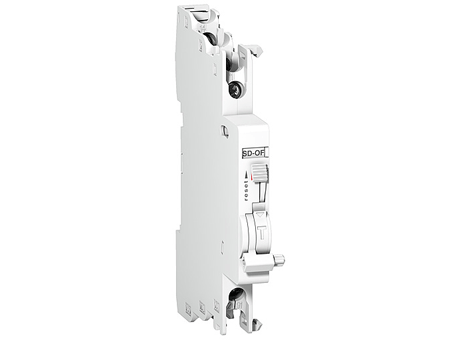tmbrown97
Senior Member
Why yes they do. That unit, if wired at the GFCI itself, could be hooked up to the power before and after the GFCI.(Does RIB make a double relay in a box?)
If you didn't want to bother with rules and separate inputs, but wanted to avoid alerts related to lost power, there's a way you could wire a single set of contacts through both relays - where, when AC is on, if GFCI trips, it opens the circuit; but if power is lost, it bypasses the GFCI monitor and closes the circuit anyways. There may be an extremely brief state change, but most likely it'd be too fast for the panel to notice.



